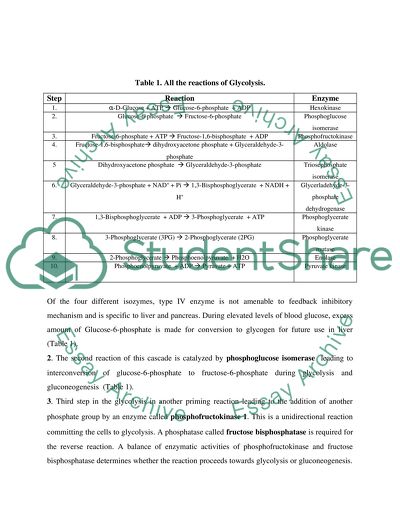Cite this document
(“Cellular Respiration Essay Example | Topics and Well Written Essays - 2250 words”, n.d.)
Retrieved from https://studentshare.org/miscellaneous/1504684-cellular-respiration
Retrieved from https://studentshare.org/miscellaneous/1504684-cellular-respiration
(Cellular Respiration Essay Example | Topics and Well Written Essays - 2250 Words)
https://studentshare.org/miscellaneous/1504684-cellular-respiration.
https://studentshare.org/miscellaneous/1504684-cellular-respiration.
“Cellular Respiration Essay Example | Topics and Well Written Essays - 2250 Words”, n.d. https://studentshare.org/miscellaneous/1504684-cellular-respiration.


